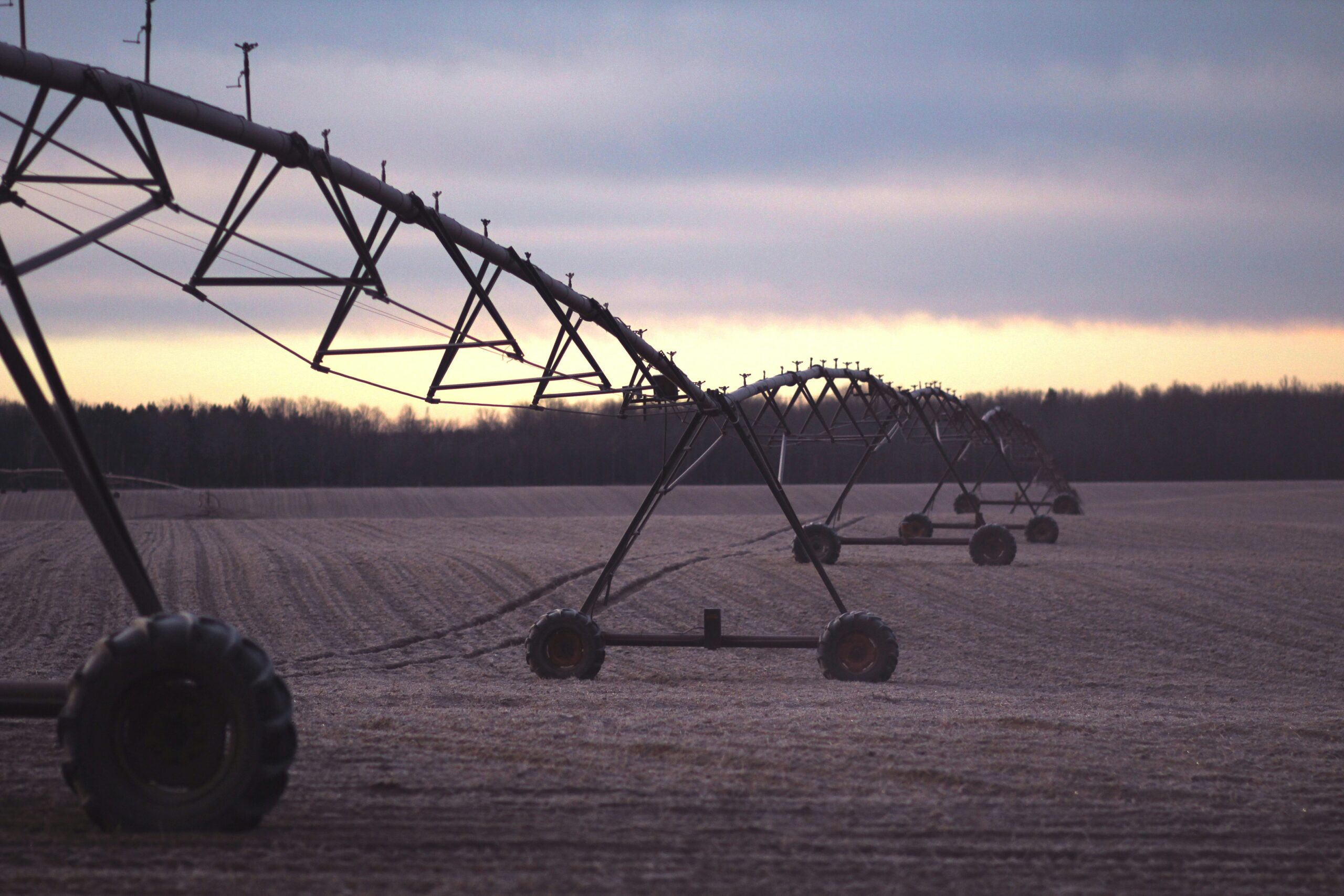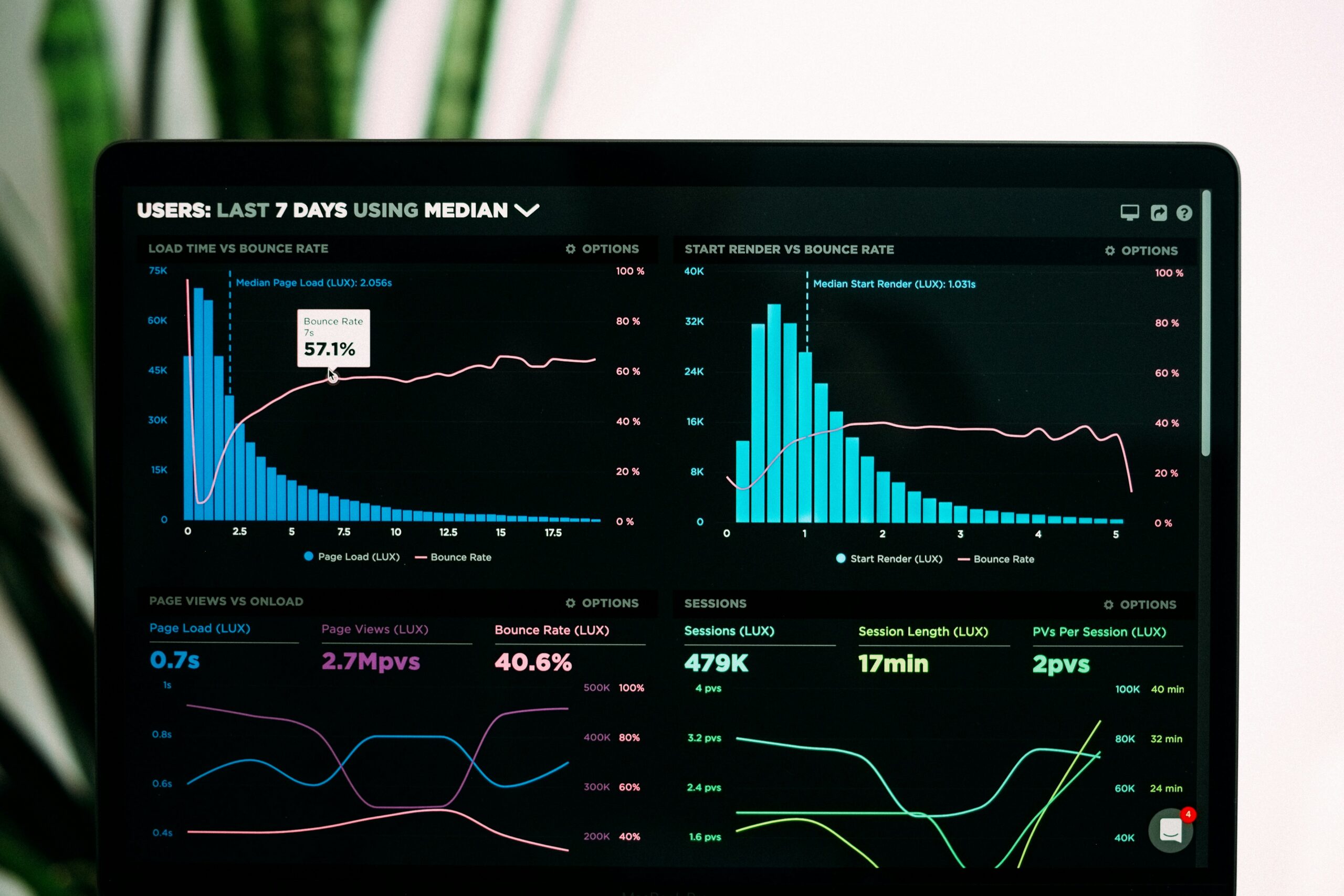Transitioning to a Smart Factory requires a thoughtful, phased approach. This ensures that each layer of technology integrates seamlessly and maximizes impact. Here’s how farms are strategically adopting Smart Factory solutions in phases:
Phase 1: Laying the Foundation
The initial phase focuses on core elements like productivity, quality, and warehousing systems. By establishing these systems first, farms build a solid foundation for further automation. At this stage, production management systems are introduced to streamline processes and improve transparency.
Phases 2 and 3: Integrating Scheduling and Conveyance Tracking
Once foundational systems are in place, the next phases enhance production scheduling and material conveyance. Automated systems track parts from production through to shipping, ensuring serialized traceability and optimal material flow. This integration helps align all parts of the operation, boosting overall efficiency.
Phase 4 and Beyond: Full Automation with AMRs and IoT
In the final phases, farms incorporate AMRs to handle logistics, followed by IoT-enabled controls to monitor growing conditions. Advanced technologies like AI detect and address issues early, paving the way for predictive maintenance and proactive quality control.
The Benefits of a Phased Approach
Implementing Smart Factory solutions in phases reduces disruption and ensures smooth integration. This strategy allows farms to monitor progress, make adjustments as needed, and maximize the impact of each new technology. By the time full automation is achieved, farms are well-equipped to handle increased demand, maintain quality, and embrace sustainability.




